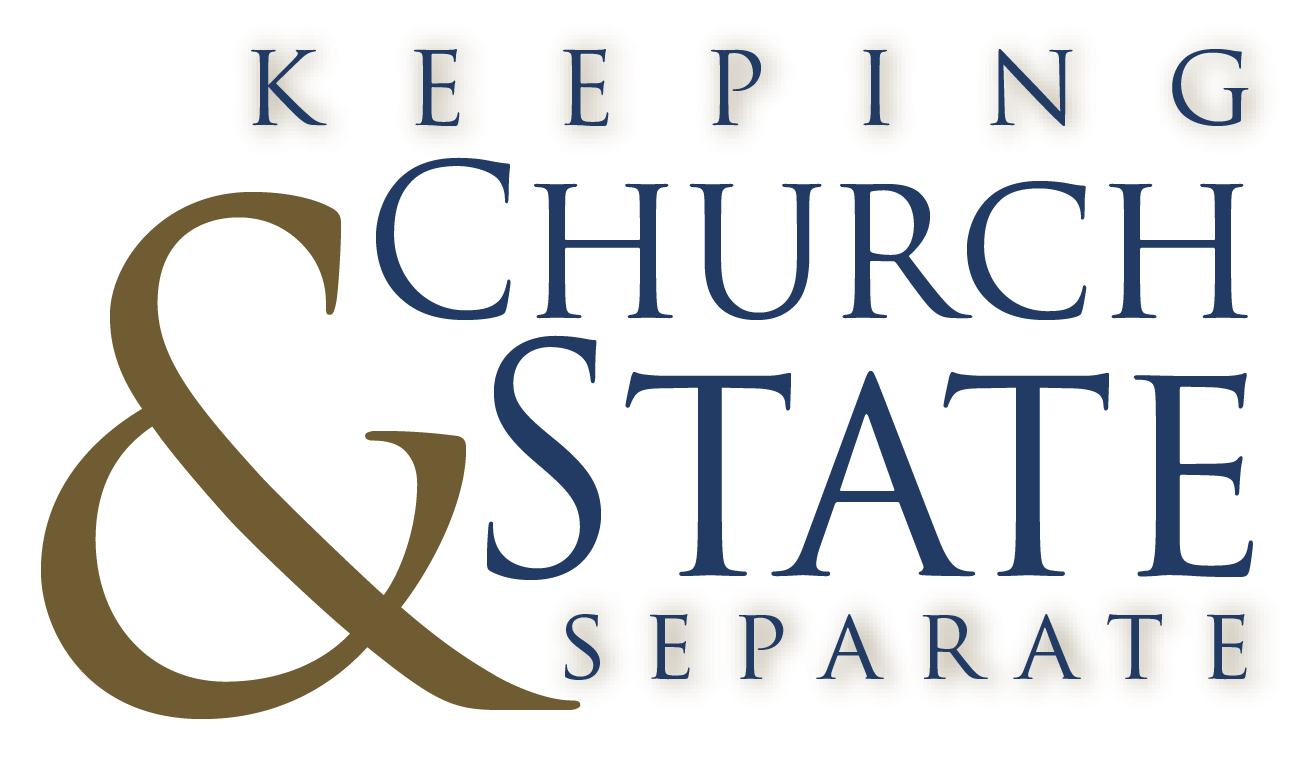Public Schools
The myth that “God has been thrown out of public schools” is factually inaccurate and often carelessly asserted in a way that harms the public’s understanding of the appropriate and constitutional role of religion in the public schools. The First Amendment’s religion clauses provide a sensible guide for determining the proper scope of religion in the public schools. Achieving the right balance between the two clauses (no establishment and free exercise of religion) in public schools is a crucial goal for an institution charged with serving all Americans.
In general, the public schools must refrain from sponsoring religious exercises or otherwise promoting religion. But schools should accommodate the rights of students to practice their religion in ways that do not disrupt the education process or interfere with the rights of other students. Voluntary, student-initiated prayer, for example, should ordinarily be permitted during non-instructional time, but school-sponsored prayer should not be allowed. Public schools may “teach about religion” in history, social studies, comparative religion, and Bible-as-literature courses. School officials should not “teach religion” in ways that proselytize or promote a religious point of view.
A good starting point for analysis of religion in the public schools is comes from the opinion in Board of Education v. Mergens (1990), written by Justice Sandra Day O’Connor: “There is a crucial difference between government speech endorsing religion, which the Establishment Clause forbids, and private speech endorsing religion, which the Free Speech and Free Exercise Clauses protect” (emphasis added). In Mergens, the U.S. Supreme Court upheld the constitutionality of the Equal Access Act that ensures student initiated religious clubs can meet on the same terms as other non-curricular clubs. The U.S. Supreme Court has interpreted the Establishment Clause, however, to prohibit school-sponsored religious exercises at graduation and other school events in the decisions of Lee v. Weisman (1992) and Santa Fe Independent School District vs. Doe (2000).
The focus of much of the current debate and developing case law on school prayer surrounds defining the proper contours of student-initiated religious speech and exercise. “Guidance on Constitutionally Protected Prayer in Public Elementary and Secondary Schools,” issued by the United States Department of Education in 2003, addresses the issue in the context of school assemblies, athletic events and graduation. It provides that where student speakers are selected on neutral criteria and retain “primary control” over what they say, their expression will not be attributed to the school and, therefore, cannot be restricted because of its religious content. The guidelines go on to suggest that, in order to avoid misunderstandings, school officials may make “appropriate disclaimers” to clarify that the speech is the student’s and not the school’s. Previously issued Department of Education guidelines should also be consulted.
Religious freedom is a fundamental right of students in public schools, and that freedom depends on the neutrality of public school officials and careful application of First Amendment principles.
For more information on this topic:
Visit the BJC’s Religion and Public Schools Resources
View the BJC’s guide to religious liberty in public schools





